Text/canteen
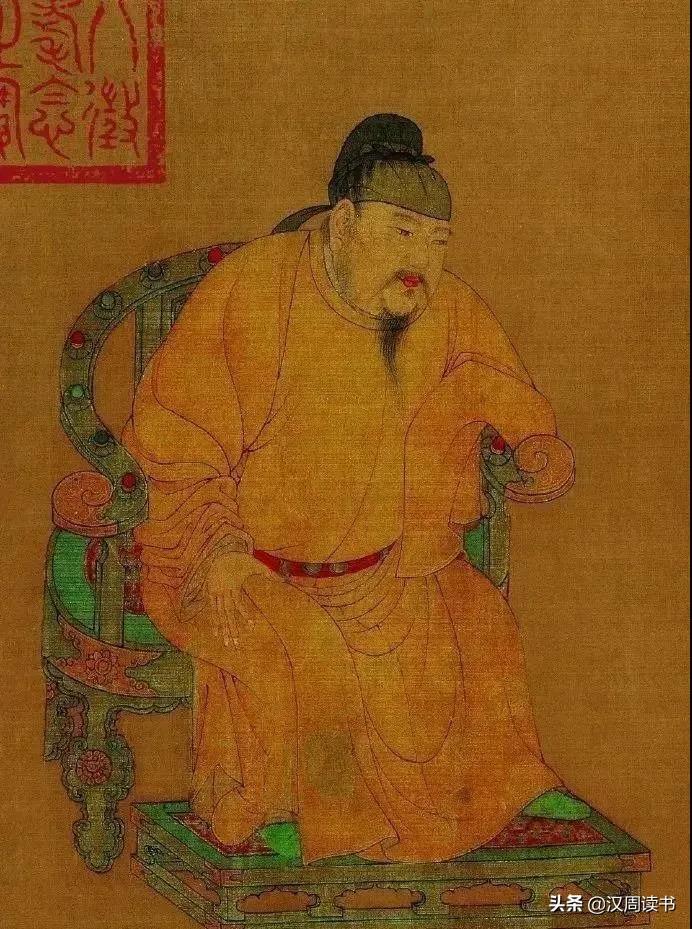
Zhang Guo sees the Ming Emperor’s Map.
01
Division of five dynasties and ten countries
Five Dynasties and Ten Kingdoms refers to the five orthodox Central Plains regimes of Houliang, Houtang, Houjin, Houhan and Houzhou, and the ten separatist regimes of Qianshu, Nanwu, wuyue, Min, Nanhan, Nanping, Machu, Houshu, Nantang and Beihan.
Generally speaking, Luoyang or Kaifeng was the capital of the Five Dynasties, and it was the political power that occupied the Central Plains at that time. It came down in one continuous line and inherited the orthodoxy of the Tang Dynasty. This was the orthodox country at that time and the nominal leader at that time.
The ten countries, except the Northern Han Dynasty, were mostly entrenched in the south, which belonged to the separatist regime and were the people in various regions at that time.
So many regimes and countries are crowded in the Central Plains. This time, what a mess.
It is no exaggeration to say that the Five Dynasties and Ten Kingdoms was one of the most chaotic and divisive periods in ancient China.
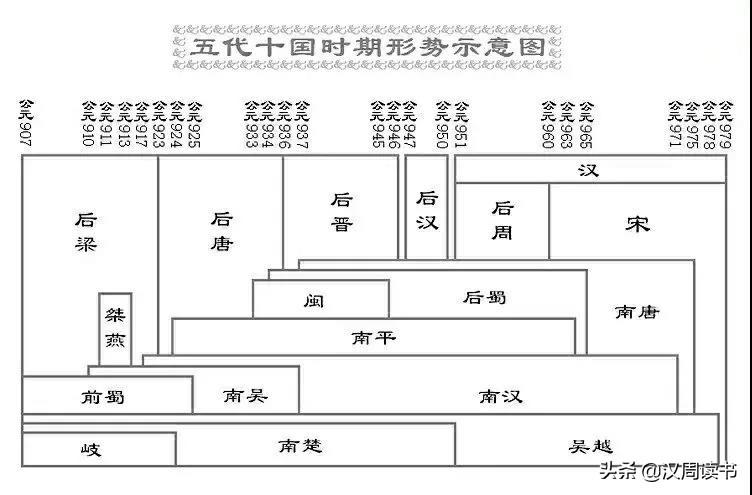
And how to sort out these fifteen regimes, not to mention ordinary readers, is not clear to many history lovers.
Xiao Jiu will briefly talk about the Five Dynasties and Ten Kingdoms in chronological order, from south to north.
Generally speaking, the Five Dynasties and Ten Countries are divided by time.
The start time is: 907 AD, that is, the first year of Kaiping (the fourth year of Tang Aidi Tianyou); The end time is: 960 AD, that is, the first year of Jianlong in Song Taizu, that is, from the Tang Dynasty in Zhu Wen to the Song Dynasty in Zhao Kuangyin, the time span is 53 years.
But in fact, this is the time from the beginning to the end of the Five Dynasties, Liang, Tang, Jin, Han and Zhou Dynasties, not the time when the Ten Kingdoms perished.
Among the ten countries, the earliest Qian Shu was founded in the second year of Tang Zhaozong Dashun (891), and the last Northern Han died in the fourth year of Song Taizong Taiping Xingguo (979), which spanned 88 years and spanned the Tang and Song Dynasties.
This is also a way to divide the time of the Five Dynasties and Ten Kingdoms, which is how the famous historian Fan Wenlan divided it.
Two different division methods, the former takes the five generations as the standard and the latter takes the ten countries as the standard.
And in fact, strictly speaking, the statement of the Five Dynasties and Ten Kingdoms is not very accurate.
Because some of these regimes are not really independent countries, but a separatist force, such as Wu Yueguo.
Besides the Ten Kingdoms, there were many independent or semi-independent regimes at that time, and the Five Dynasties and Ten Kingdoms period was far more than these fifteen regimes.
Ten countries are only the ten most representative and influential countries, which are recognized by the New Five Dynasties History.
The so-called Five Dynasties and Ten Kingdoms, to put it bluntly, is just a conventional saying, which is easy to call. You can call it Five Dynasties and Eleven Kingdoms or Five Dynasties and Twelve Kingdoms if you want.
However, we don’t have to worry about these side issues, and then we will look at how the Five Dynasties and Ten Kingdoms emerged.
02
Huang Chao Uprising (875-884)
Speaking of the emergence of the Five Dynasties and Ten Kingdoms, I have to mention one person, Huang Chao, a famous gangster in the late Tang Dynasty!
It is said that since the Tang Dynasty Xuanzong and his daughter-in-law, Yang Guifei, had a love affair, they had hollowed out their bodies, and when the Anshi Rebellion broke out, the prosperous time of the Tang Dynasty was gone forever.
Although there were three so-called Zhongxing events (Tang Xianzong Yuanhe Zhongxing, Tang Wuzong Huichang Zhongxing and Tang Xuanzong Dazhongzhi), it was only to delay the death of the Tang Dynasty, and the only suspense was who would end the life of the Tang Dynasty.
At this time, God chose a top candidate-Huang Chao!
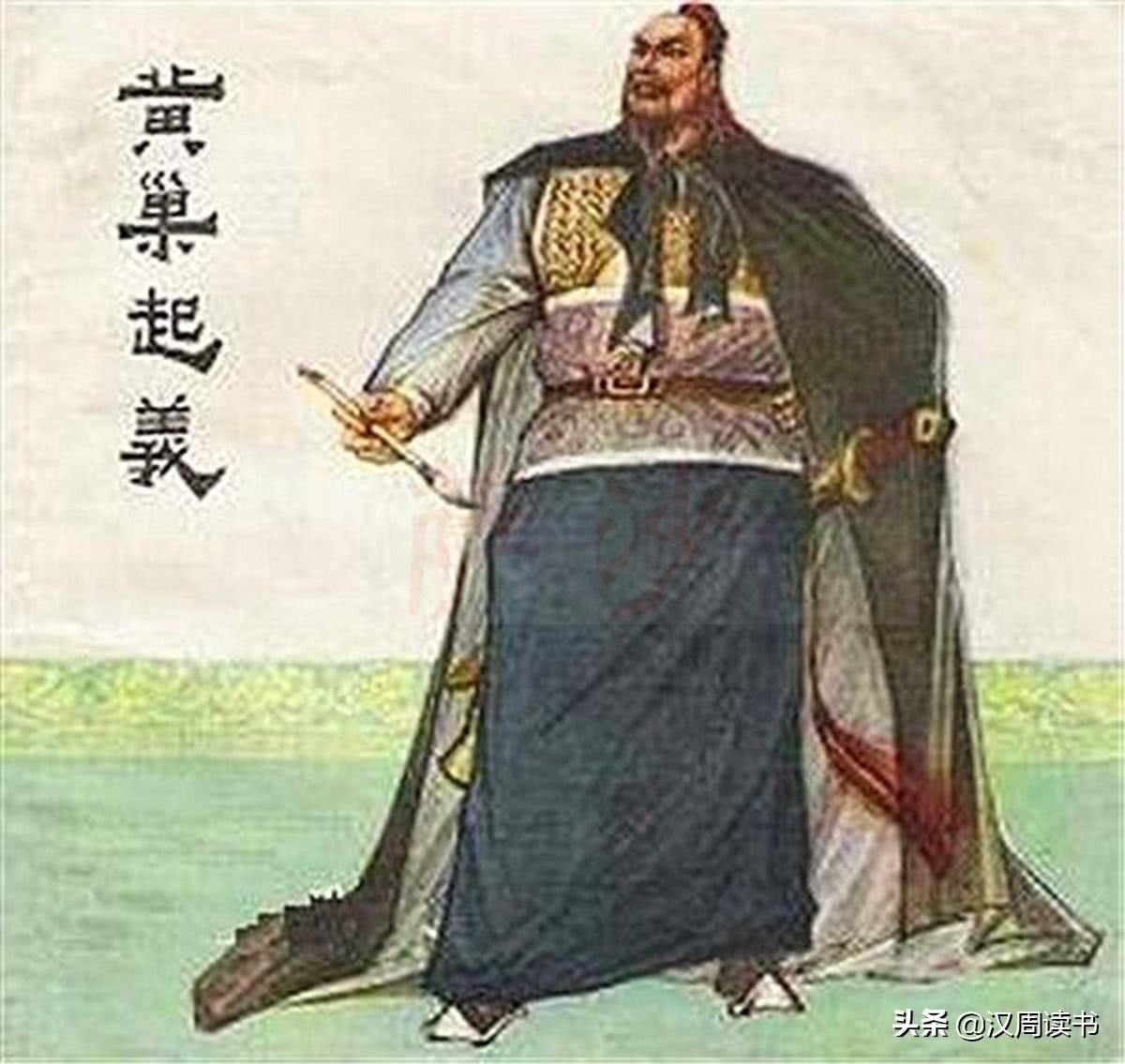
In fact, Huang Chao wanted to be an official in the Tang Dynasty, but he failed in the imperial examinations several times.
Huang Chao got angry and wrote two poems:
The last chrysanthemum
Until September 8th, Qiu Lai, when I bloom, all flowers will be killed.
Blooming chrysanthemums in full bloom, the fragrance of the fragrance of changan, the city is bathed in the fragrant chrysanthemum – Italy, the land is golden like the chrysanthemum – like chrysanthemum.
Title chrysanthemum
The rustling west wind is planted all over the courtyard, and it is difficult to come with cold butterflies.
If I were Qing Di in the next year, I would report it to Peach Blossom.
Two poems have the same meaning, I want to be emperor! In the Monkey King’s words, the emperor took turns to do it and came to my house this year.
It deserved the bad luck of the Tang Dynasty, and Huang Chao really did it!
In June of the second year of Tang Xizong’s reign (875), Huang Chao took part in the Wang Xianzhi Uprising. Three years later, Wang Xianzhi died and Huang Chao became the leader of the rebel army.
In December of the first year of Guangming (880), Huang Chao captured Chang ‘an, fulfilled his promise and became emperor.
Unfortunately, in the end, Huang Chao was defeated. In June of the fourth year of Zhonghe (884), the uprising led by Huang Chao was put out by the Tang Dynasty.
What is terrible is that the Huang Chao Uprising is the most typical peasant mobile operation in the history of China.
The fighting scope of Huang Chao Uprising Army spanned the north and south of the great river, passing through eleven provinces and cities such as Shandong, Henan, Anhui, Zhejiang, Jiangxi, Fujian, Guangdong, Guangxi, Hunan, Hubei and Shaanxi.
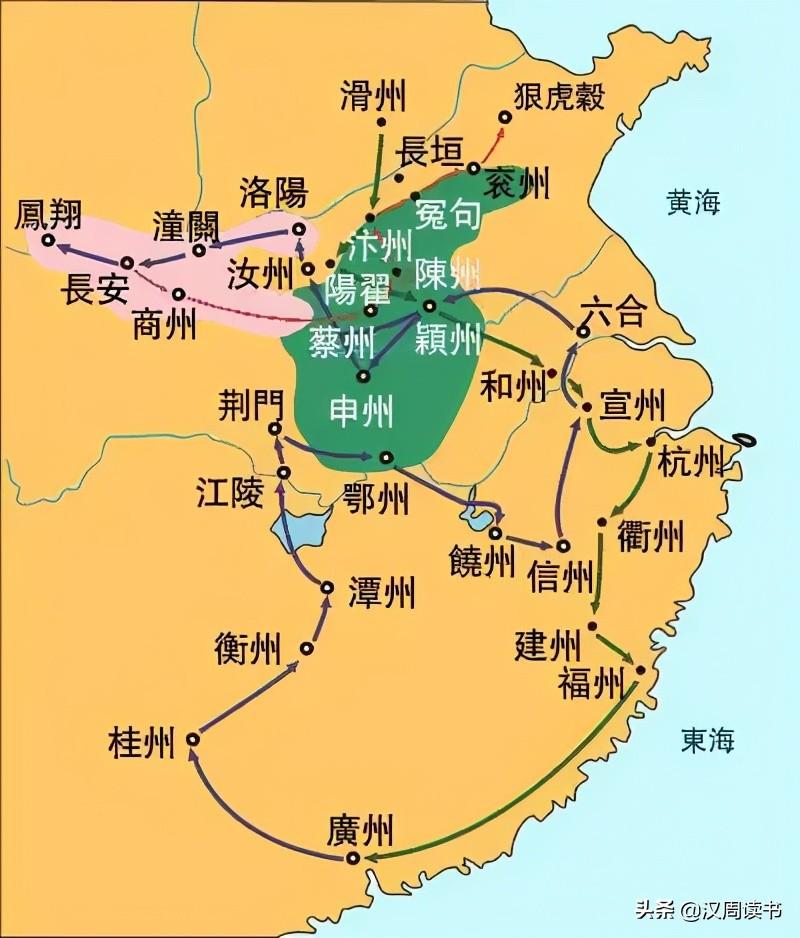
Huang Chao uprising situation map
Such a large range of activities, let alone rebellion, even demonstrations, this appearance is too scary.
As a result, the Huang Chao Uprising dealt a fatal blow to the Tang Dynasty politically, militarily and economically, and greatly subverted the ruling order of the Tang Dynasty.
After my defeat, flowers blossomed. After Huang Chao’s death, Li Keyong, An Chongrong and others who suppressed him became the bosses of the separatist party; His Ministry of Qin Zongquan and others continued to die in the Tang Dynasty; In addition, ministries like Zhu Wen surrendered to the Tang Dynasty and slowly accumulated their strength.
Throughout the Tang Dynasty, Li Keyong, Li Maozhen, Yang Xingmi, An Chongrong, Qin Zongquan, Zhu Wen and other places became the world’s buffer regions.
Although the Tang Dynasty put out the Huang Chao Uprising, it was still a chicken feather, leaving only half a breath.
03
Establishment of pre-Shu
In February of the first year of Wende (888), after Tang Zhaozong succeeded to the throne and became the emperor of the Tang Dynasty, the young man was determined to revive the glory of the Tang Dynasty.
It’s a pity that he is destined to be a unlucky man who is ten thousand times more miserable than Chongzhen in the Ming Dynasty.
The stall he took over was terrible. Our local officials like Li Keyong and Li Maozhen bullied him, and eunuchs like Yang Fuguong bullied him in court. He was a puppet emperor.
Tang Zhaozong was unwilling to be a puppet. After Yang Fuguong was finished, he decided to attack the buffer region.
He gritted his teeth and stamped his feet, and formed a Central Army with 100,000 troops.
In December of this year, Tang Zhaozong set out south to crusade against Tian Lingzi and Chen Jingxuan, the separatist provinces in Sichuan.
At the same time, he sent another surrender, Zhu Wen, Li Kuangwei and He Lianduo, to form a coalition to crusade against Li Keyong, who occupied Hedong.
At the beginning of the war, the war on the western front was relatively smooth, but the commander-in-chief Wei Zhaodu was incompetent. During the campaign, Wang Jian, the Yongping army nicknamed the thief tortoise, stole the day and monopolized the military power.
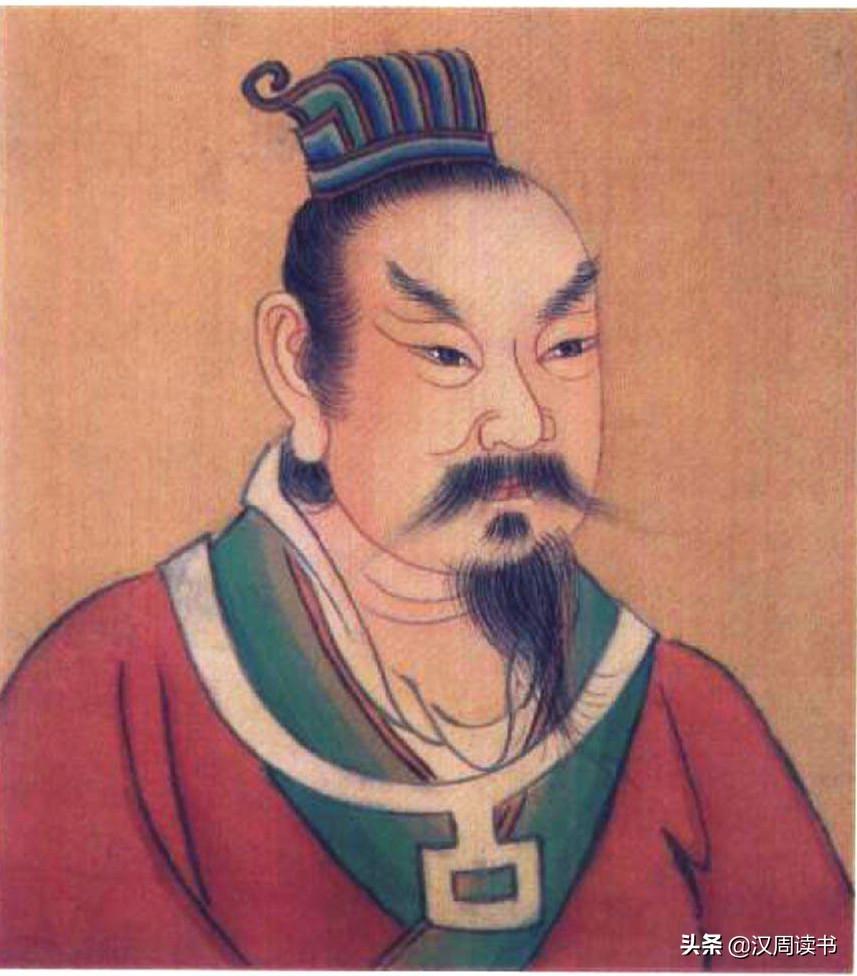
Zhu Wen
The Eastern Front was even worse. Tang Jun won first and then lost. The war was very difficult and deadlocked.
In the second year of Dashun (891), in order to ensure the victory of the Eastern Campaign, Tang Zhaozong ordered to stop the Western Campaign and dispatched the Western Expedition Army to rescue the Eastern Campaign.
However, Wang Jian, who was full of wings, refused to obey, and Wei Zhaodu, the coach of the Western Expedition Army, was afraid of being killed by Wang Jian and went back to the Central Committee to reply to his life.
Wang Jian then sent troops to the border, cutting off the connection between Sichuan and the Tang Dynasty. Since then, Sichuan has become Wang Jian’s territory.
Tang Zhaozong had no choice but to admit the fact that Wang Jian was independent in Sichuan. In fact, Wang Jian started a new stove and established a political power.
In the fourth year of God bless (907), the Tang Dynasty was destroyed by Zhu Wen, and Wang Jian refused to recognize Zhu Wen. In September of this year, he officially proclaimed himself emperor, with the title of Shu.
This regime is known as the former Shu-this is the first country of the ten countries!
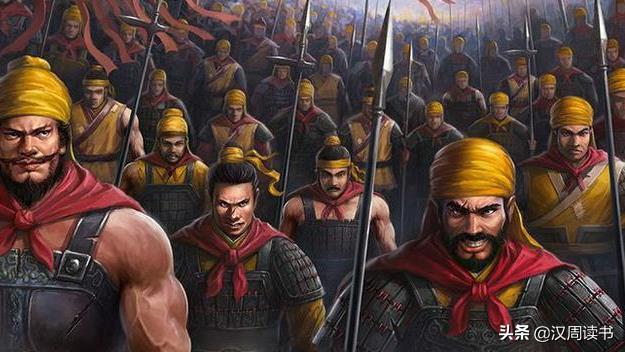
04
a host of demons dancing in riotous revelry―rogues of all kinds running wildly
Then look at Tang Zhaozong, the Central Army on the western front can’t come back, and Emperor Tang Zhaozong can only crustily skin of head and fight the battle on the eastern front.
Finally, the Central Army he painstakingly managed was defeated by Li Keyong, and Li Keyong became the final winner.
However, the biggest winner of this World War I was Zhu Wen, and Zhu Wen was Li Keyong’s sworn enemy, who encouraged Tang Zhaozong to attack Li Keyong.
However, in this campaign, Zhu Wen’s own troops did not suffer much damage, and it was basically the Central Army of Tang Zhaozong that acted as cannon fodder.
After the war, Tang Zhaozong lost even his underwear, and Li Keyong was weakened. Only Zhu Wen fishermen benefited, and gradually became the strongest Francisco in the world!
Worse still, after the failure of the East-West Line, Tang Zhaozong’s prestige was swept away, and all the buffer regions didn’t take him seriously, especially Li Maozhen, who bullied him hard.
Tang Zhaozong couldn’t bear it, so he sent troops to attack Li Maozhen. As a result, he was humiliated by Li Maozhen, and Tang Zhaozong was forced to flee from Chang ‘an.
Finally, Li Maozhen’s ally, the secretariat of Iowa, Han Jian, kept him in a dark room for nearly three years.
In the fifth year of Ganning (898), Zhu Wen occupied Luoyang, and Li Maozhen, Han Jian and Li Keyong immediately formed an alliance to release Tang Zhaozong to Chang ‘an.
As a result, once in Chang ‘an, Tang Zhaozong was bullied by eunuchs and closed the little black room.
Tang Zhaozong, as the emperor of the Tang Dynasty, was twice imprisoned under the order. How can such an emperor be called the Lord of the world? The Tang Dynasty actually existed in name only.
So the era of dancing with demons came!
In August of the first year of Jingfu (892), in the second year of Wang Jian’s occupation of Sichuan, Yang Xingmi, who started in Luzhou, occupied Jianghuai after defeating Sun Ru, the Ministry of Qin Zongquan, so he was appointed by Tang Zhaozong as our envoy to Huainan, and Yang Xingmi became the leader of the separatist party.
Two years later (902), Yang Xingmi was granted the title of King of Wu, and actually Yang Xingmi also created a political power, which was called Wu.
This regime is known as Yang Wu and Nan Wu in history-this is the second country of the ten countries.
05
Divide the south
In October of the second year of Jingfu (893), just the year after Yang Xingmi took control of Huainan, Wang Chao, a separatist regime in Fujian, was appointed as an observer in Fujian by Tang Zhaozong, and Fujian became the territory of the dynasty, and another regime came out.
In the fourth year of Ganning (897), Wang Chao passed to his younger brother Wang Shenzhi.
In the third year of Kaiping in Houliang (909), Zhu Wen made Wang Shenzhi the king of Fujian, and Fujian was formally founded.
This regime is called Fujian-the third of the ten countries.
In the year when Wang Chao took control of Fujian, Qian Liu, a separatist regime in western Zhejiang, was appointed by Tang Zhaozong as the town navy, and he also came up with a political power.
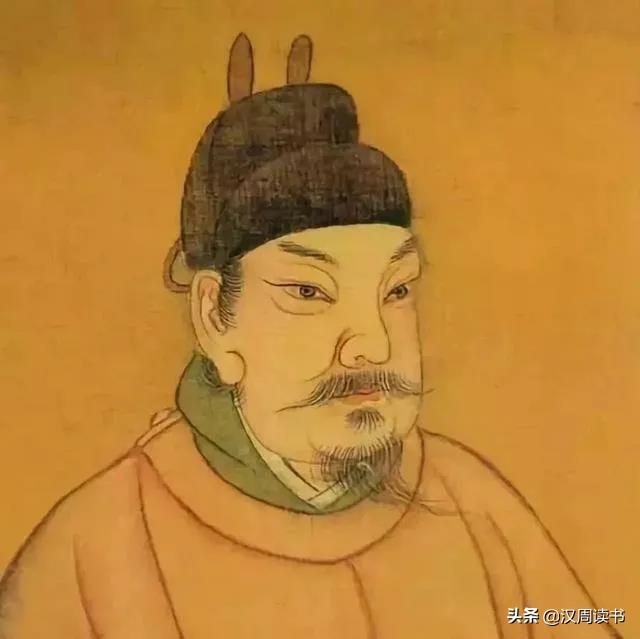
Portrait of Qian Liu
Two years later (902), Qian Liu became the King of Wu.
In the first year of Kaiping in Houliang (907), Qian Liu was named King Wu Yue, and Wu Yue was formally founded.
This regime was called wuyue in history-this is the fourth country in ten countries!
In the third year of Ganning (896), Ma Yin, a separatist regime in Hunan, came up with another regime.
Ma Yin is even more amazing. He is the Ministry of Huang Chao, the Ministry of Qin Zongquan, the Ministry of Sun Ru and the Ministry of Liu Jianfeng.
This is very roundabout. That is to say, there will be a ministry in Huang Chao called Qin Zongquan, a ministry in Qin Zongquan called Sun Ru, a ministry in Sun Ru called Liu Jianfeng, and finally in Ma Yin, and Ma Yin will be the ministry of Liu Jianfeng!
In the first year of Jingfu (892), Sun Ru was killed by Yang Xingmi. After his death, Liu Jianfeng went south to Jiangxi with the defeated troops. Later, the Liu Jianfeng team became bigger and bigger.
In the first year of Ganning (894), Liu Jianfeng led an army into Hunan and defeated the forces of various ministries in Hunan.
In the third year of Ganning (896), Liu Jianfeng was killed by his subordinates, and Ma Yin became the master of this army, gradually unifying Hunan.
In August of this year, Ma Yin was appointed as the secretariat of Tanzhou, sentenced to the military office of Hunan, formally separated from Hunan, and actually became a country of its own.
In the first year of Kaiping, Houliang (907), Zhu Wen named Ma Yin King of Chu, and the State of Chu was formally founded.
This regime is known as Nanchu and Machu in history-this is the fifth country in ten countries!
But that’s not all. Wang Yang, Qian Ma, can build a country, and Liu can also build a country.
In the fifth year of Tang Xizong’s reign (878), the Huang Chao Uprising Army invaded Guangzhou, and Guangzhou Tooth General Liu Qian was ordered to suppress the Huang Chao Uprising, and then he was named as a state secretariat.
In the first year of Ganning (894), Liu Qian died, and Liu Yin, the eldest son, succeeded him as the secretariat of Fengzhou, and then became a local strongman in Lingnan.
In 904, the first year of Emperor Ai Zong Tianyou’s reign in the Tang Dynasty, Liu Yin was appointed as our envoy to Qinghai, and a brand-new regime was established!
In the first year of Houliang Ganhua (911), Liu Yin died of illness, and his brother Liu succeeded him.
In the third year of Zhenming (917), Liu officially proclaimed himself emperor, changing his country name to Dayue, and the next year he changed his country name to Han.
This regime was called Nanhan in history-it was the sixth country in ten countries.
At this point, the south was divided up by these six countries.
Please note that in these six countries, everyone wiped out many forces in their own territory, and it was only after a brutal war that a country was established.
Think for yourself, how many separatist forces there were in the Tang Dynasty.
At that time, whether soldiers or thieves, as long as you can raise an army, you have the opportunity to build a country to play.
This is the status quo at the end of the Tang Dynasty. What is the Great Split? This is called the Great Split!
Southern chaos, right? The north is more chaotic, and then it’s the turn of the north, which is wonderful. Let’s talk next time.
关于作者